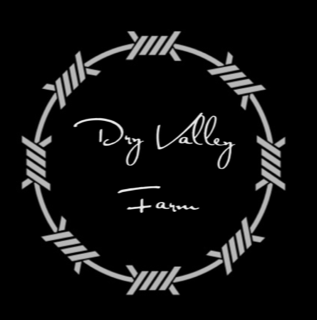About Scottish Highland Cattle
The Highland is a Scottish breed of rustic cattle. It originated in the Scottish Highlands and the Outer Hebrides islands of Scotland and has long horns and a long shaggy coat. It is a hardy breed, able to withstand the intemperate conditions in the region.
Highland cows are raised primarily for their meat, which is growing in popularity due to being lower in cholesterol than other forms of beef. These cattle are a hardy breed, designed to withstand the conditions in the Scottish Highlands.
These cattle are a hardy breed, designed to withstand the conditions in the Scottish Highlands. Their long hair is actually an unusual double coat of hair- on the outside is the oily outer hair, the longest of any cattle breed, and it is covering a downy undercoat underneath. The bulls can way up to a whopping 800kg, and the cows up to 500kg, and their milk generally has a very high butterfat content.
Their distinctive long hair keeps them warm in winter, overs protection from the brush and undergrowth, protects their eyes from flies and it contributes to their stunning appearance which makes them so popular. The hair gets shorter in Summer and is not as long when they are bred in Southern climates. Having such long hair also means that they do not need to store the waste fat you find in some other breeds of cattle.
The history of Highland CowsDuring the 18th century thousands and thousands of highland cattle grazed upon the forests and hills of Strathspey, and in the Summer they were even taken up into the high Corries. Herdsmen stayed in temporary buildings in the hills (called shielings) to look after them, whilst their relatives had to stay at home to gather crops for their winter feeds.
When they were fattened enough for market the cattle were driven along trackways through the mountains, called drove roads. They walked just a few miles each day staying in regular stances every night where the animals could graze and stay safe.
The markets were held in places like Falkirk, Crieff & Carlisle and buyers came all the way from England to pay good prices for what they called high-quality ‘Scotch runts’. So-called because the Highland cattle were smaller. At one market in the early 1800s some £30,000 changed hands, an absolute fortune by today’s standards!
While Highland Cows today are mostly recognized for their distinctive red coats, once upon a time they were predominately black.
Highlands are medium in size, with cows weighing 900 to 1,300 pounds and bulls 1,500 to 2,000 pounds. They have long, shaggy coats that most commonly light red, but many other solid colors are also seen, including black, brindle, cream, dun, red and white
These cattle are a hardy breed, designed to withstand the conditions in the Scottish Highlands. Their long hair is actually an unusual double coat of hair- on the outside is the oily outer hair, the longest of any cattle breed, and it is covering a downy undercoat underneath. The bulls can way up to a whopping 800kg, and the cows up to 500kg, and their milk generally has a very high butterfat content.
Their distinctive long hair keeps them warm in winter, overs protection from the brush and undergrowth, protects their eyes from flies and it contributes to their stunning appearance which makes them so popular. The hair gets shorter in Summer and is not as long when they are bred in Southern climates. Having such long hair also means that they do not need to store the waste fat you find in some other breeds of cattle.
The history of Highland CowsDuring the 18th century thousands and thousands of highland cattle grazed upon the forests and hills of Strathspey, and in the Summer they were even taken up into the high Corries. Herdsmen stayed in temporary buildings in the hills (called shielings) to look after them, whilst their relatives had to stay at home to gather crops for their winter feeds.
When they were fattened enough for market the cattle were driven along trackways through the mountains, called drove roads. They walked just a few miles each day staying in regular stances every night where the animals could graze and stay safe.
The markets were held in places like Falkirk, Crieff & Carlisle and buyers came all the way from England to pay good prices for what they called high-quality ‘Scotch runts’. So-called because the Highland cattle were smaller. At one market in the early 1800s some £30,000 changed hands, an absolute fortune by today’s standards!
While Highland Cows today are mostly recognized for their distinctive red coats, once upon a time they were predominately black.
Highlands are medium in size, with cows weighing 900 to 1,300 pounds and bulls 1,500 to 2,000 pounds. They have long, shaggy coats that most commonly light red, but many other solid colors are also seen, including black, brindle, cream, dun, red and white
